Trying to convert NOAA Snow data (NetCDF) into Raster format in R. This data has been pre-processed by me in CDO (interpolated from weekly-daily).
library(raster)
library(ncdf4)
nc<-nc_open('NOAA_Snow_JanJune2016.nc')
# extract variable name, size and dimension
v <- nc$var[[1]]
size <- v$varsize
dims <- v$ndims
nt <- size[dims] # length of time dimension
lat <- nc$dim$latitude$vals # latitude position
lon <- nc$dim$longitude$vals # longitude position
# read sea ice variable
r<-list()
for (i in 1:nt) {
start <- rep(1,dims) # begin with start=(1,1,...,1)
start[dims] <- i # change to start=(1,1,...,i) to read timestep i
count <- size # begin with count=(nx,ny,...,nt), reads entire var
count[dims] <- 1 # change to count=(nx,ny,...,1) to read 1 tstep
dt<-ncvar_get(nc, varid = 'snow_cover_extent', start = start, count = count)
# convert to raster
r[i]<-raster(dt)
}
Returns the following error:
Error in ncvar_get_inner(ncid2use, varid2use, nc$var[[li]]$missval, addOffset, :
Error: variable has 3 dims, but start has 2 entries. They must match!
Has anyone else had and solved this problem? I wonder if prepping the file in CDO is causing the problem. The (.nc) data can be accessed here:
https://drive.google.com/file/d/0Bz0W7Ut_SNfjeE9ObXpySzJ5UWs/view?usp=sharing
Many thanks!
